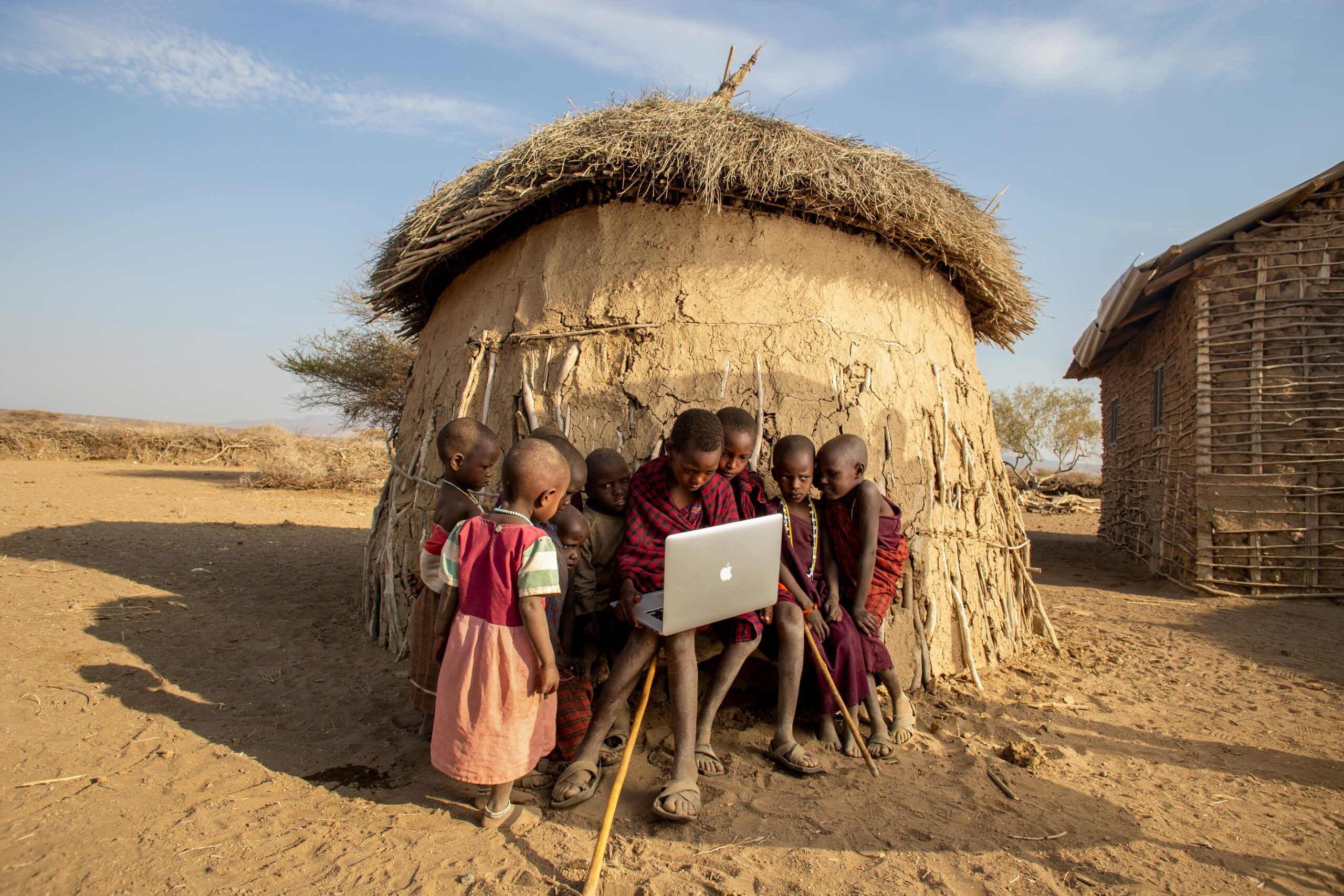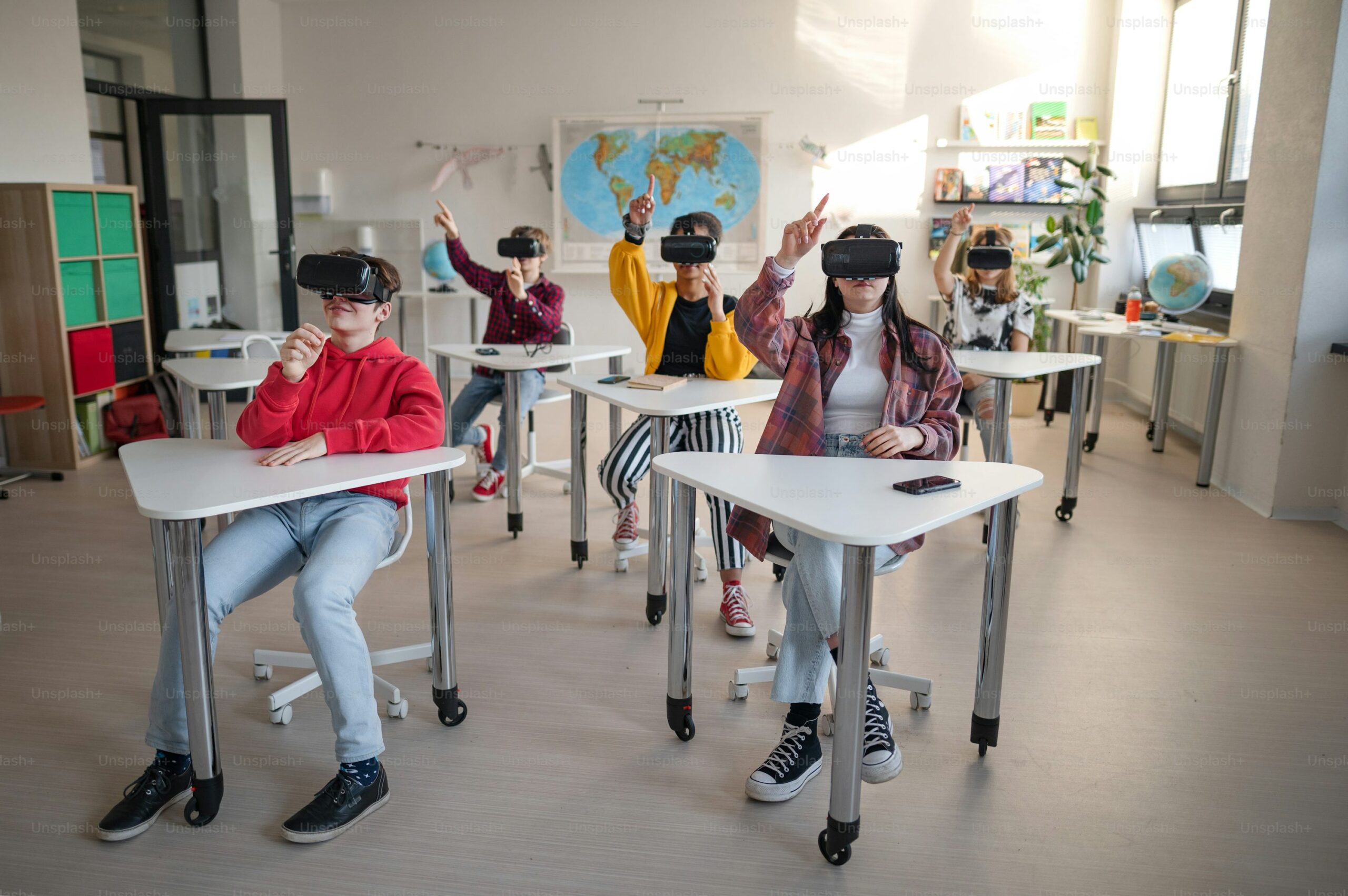STEM (Science, Technology, Engineering, and Mathematics) education has the power to transform lives, opening doors to innovation, economic growth, and future opportunities. Yet, for millions of children in rural areas, accessing quality STEM education remains a challenge. Limited resources, lack of infrastructure, and a shortage of trained educators create barriers that prevent students from reaching their full potential. So, how do we bridge the gap and bring meaningful STEM education to these communities?
The Rural STEM Challenge
Students in rural areas often face unique challenges that hinder their ability to engage with STEM subjects. Some of the most pressing issues include:
- Limited Access to Technology – Many rural schools lack computers, high-speed internet, and essential digital tools that are crucial for modern STEM learning.
- Shortage of Qualified STEM Teachers – Recruiting and retaining skilled STEM educators is a persistent struggle in rural communities.
- Lack of Hands-On Learning Opportunities – Science labs, robotics kits, and engineering projects are often out of reach due to financial constraints.
- Limited Awareness and Career Pathways – Without exposure to STEM role models or career opportunities, students may struggle to see themselves in these fields.
How We Can Bridge the Gap
Despite these challenges, there are impactful solutions that can help bring STEM education to rural communities and empower the next generation of innovators.
1. Expanding Digital Access and Infrastructure
Access to reliable internet and digital learning tools is essential for STEM education. Initiatives that provide low-cost laptops, mobile learning labs, and satellite internet services can help students connect to online courses, virtual labs, and educational resources. Public-private partnerships can also play a crucial role in expanding broadband access to rural areas.
2. Investing in Teacher Training and Support
Empowering educators with the right tools and training is key to improving STEM education. Professional development programs, remote mentorship, and collaboration with universities can help rural teachers bring STEM subjects to life in the classroom. Online teacher networks can also provide support and innovative teaching strategies tailored to resource-limited settings.
3. Bringing Hands-On STEM Learning to Schools
STEM isn’t just about textbooks—it’s about experimentation, creativity, and real-world problem-solving. Schools and organizations can introduce low-cost, hands-on STEM activities like:
- Mobile science labs that travel to rural schools
- Community STEM fairs to spark interest and engagement
- DIY engineering projects using affordable, locally available materials
- Partnerships with tech companies to donate robotics kits or coding platforms
Success Story: STEM in Rural Kenya
One inspiring example comes from rural Kenya, where collaborations between nonprofit organizations like the STEM Impact Center Kenya and local schools have transformed STEM education. The STEM Impact Center Kenya operates a mobile tinkering lab that travels to different communities, providing creative spaces and resources for learners and educators to explore STEM fields such as coding and physical computing. Additionally, teachers receive specialized training to integrate these digital tools into their lessons. As a result, student engagement in STEM subjects has increased significantly, leading to higher test scores and more students pursuing STEM careers. This initiative demonstrates that with the right resources and commitment, rural students can excel in STEM fields.
4. Mentorship and Career Pathways
Many rural students don’t have STEM professionals in their communities, making it harder to envision a future in these fields. Virtual mentorship programs, guest lectures, and career exposure initiatives can inspire students by connecting them with engineers, scientists, and tech leaders. Scholarships and internship programs specifically designed for rural students can also help them take the next step toward a STEM career.
5. Community Involvement and Support
Sustainable change happens when entire communities rally behind education. Schools, parents, local businesses, and policymakers must work together to advocate for STEM resources and investment in rural areas. Encouraging students to participate in STEM clubs, competitions, and community projects can also help build a culture of innovation and curiosity.
A Future of Possibilities
STEM education is more than just learning—it’s about equipping students with the skills they need to solve real-world challenges and shape the future. By investing in digital access, teacher support, hands-on learning, mentorship, and community engagement, we can ensure that no child is left behind simply because of where they live.
It’s time to build bridges, not barriers. Every child deserves the opportunity to explore, create, and dream big. Let’s work together to make STEM education accessible for all.
📢 Join the movement to support STEM education in rural areas! Learn more and get involved: [https://ecostemafrica.org.uk/donate/]




